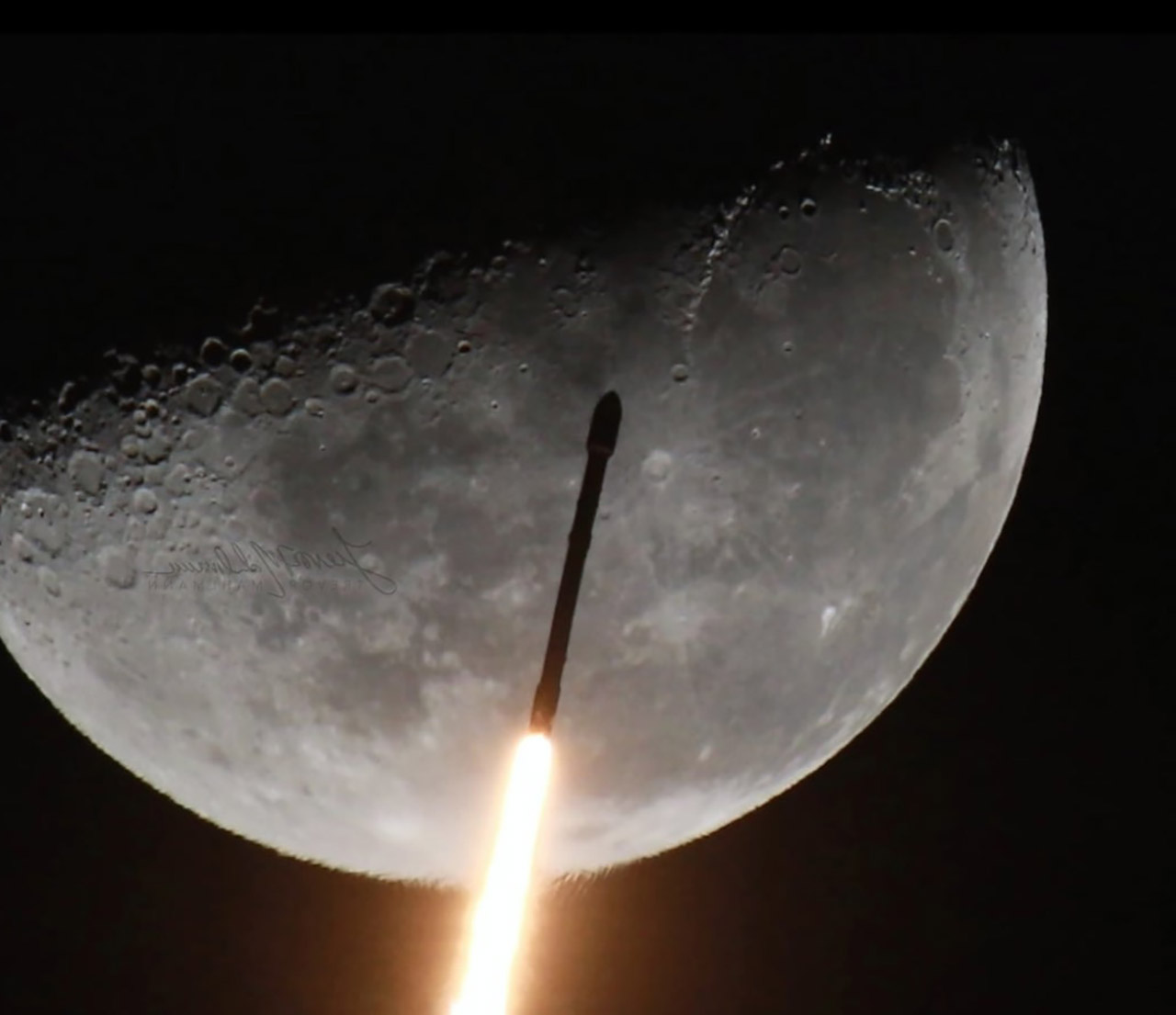
A SpaceX Falcon 9 booster that was launched back in February 2015 as part of a mission to send a climate observation satellite 930,000 miles has been drifting around space in a chaotic orbit for nearly the past 7-years. If all goes as planned, it will impact the far side of the moon while traveling at 5,771 mph on March 4, 2022. It helped launch the Deep Space Climate Observatory, a satellite designed to monitor both solar storms as well as Earth’s climate, to a gravity-neutral Lagrange point between the sun and Earth. Read more for a video news report and additional information.
Why has it been hurtling around space for so long? The Falcon 9’s orbit was not high enough to escape the gravity pull between Earth and the Moon, resulting in a chaotic orbit. It’s not 100% certain exactly where the booster will land because sunlight can push it to slightly change course, but it will most likely create a crater with a diameter several feet wide.
- LEGO NASA Space Set - This adult LEGO set features the Space Shuttle Discovery and the Hubble Space Telescope from NASA’s 1990 STS-31 mission,...
- Solar System Exploration - Unlock the mysteries of our solar system with this engaging 2,354-piece project, packed with authentic details and...
- Shuttle Features Galore - The space shuttle model has an opening payload bay, retractable landing gear, opening cockpit, moving elevons, space arm,...
This is the first unintentional case of which I am aware. I keep track of a dozen or so objects in ‘high’, near-moon orbits, mostly so that the folks looking for asteroids will know where they are (and can ignore them; they’re looking for rocks, not junk.) In theory, given enough time, such objects will either hit the earth, or the moon, or gain energy by passing the moon and be ejected into orbit around the sun. (That last happened to the booster for the Chang’e 2 mission last summer.),” said Bill Gray, the developer of Project Pluto software that tracks near-Earth objects.





